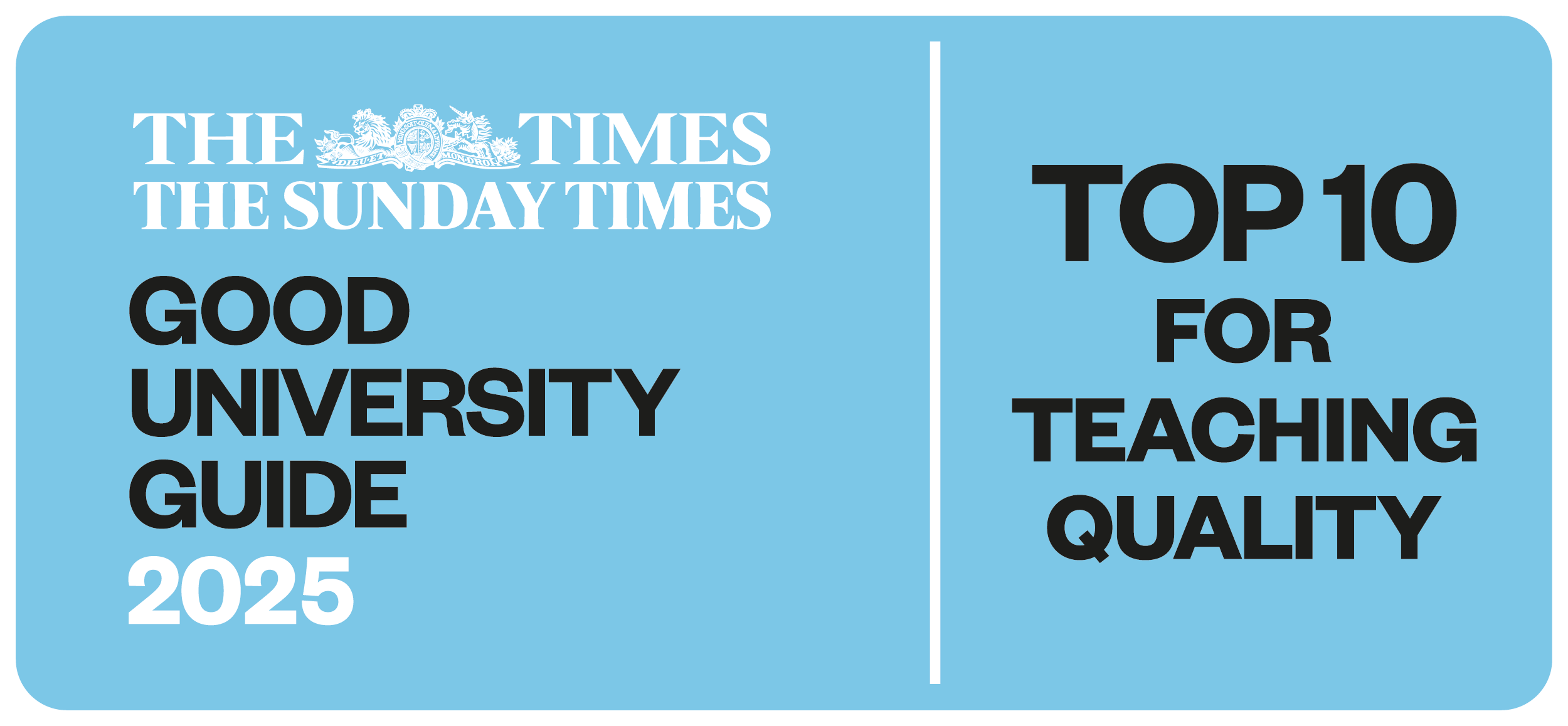MSc Biodiversity Conservation students from Hartpury University enjoyed a visit to the National History Museum’s bird collection repository at Tring in Hertfordshire last week.
This collection is one of the most comprehensive in the world, representing 95% of known bird species. The preserved specimens, some over 200 years old, offer invaluable insights into plumage, bill shape and size, and genetic material.
The visit underscored the importance of biological collections in answering critical questions in science and conservation. By enthusing the next generation about the value of these repositories and the art of adding to them, there can be greater hope of preserving these amazing collections for many years to come.
Students and staff were treated to an exclusive tour of the Sir Walter Rothschild library, where they explored books dating back 500 years, delving into the origins of natural history and philosophy. They also learned about the museum’s extensive bird collections, which include eggs, nests, skeletons, and skins. The knowledgeable curators shared fascinating stories about specimens collected during Darwin’s voyage of the Beagle and even explored those prepared by Hartpury University’s Dr Lucy Garrett herself, during her own years as a student.
Prior to the trip, students gained a deeper appreciation for the intricacies and value of contributing to museum collections. Although active collecting is no longer practiced, the preparation of naturally deceased specimens remains crucial for understanding species and their adaptation to climate change.
Dr Lucy Garrett reflected on her own conservation journey and the privilege of being able to share this with her students: “Twenty years ago, while researching my master’s dissertation, I came across a scientific paper mentioning bird specimens deposited at the Natural History Museum in Tring. Having visited the museum as a child, I was unaware of its vast research collections hidden behind the public exhibits. A simple email inquiry led to a private visit, where I was astonished by the sheer scale of the bird collection—over 75,000 skins, skeletons, eggs, and a treasure trove of scientific resources.
“After my master’s, I volunteered at the museum between conservation projects abroad, where I learned the rare skill of preparing bird skins from naturally deceased specimens. During my fieldwork in Mauritius, I contributed several specimens to the museum, including a Mauritius Olive White-eye—the first of its kind in their collection.
“As my career progressed, I incorporated taxidermy training into my conservation work, teaching colleagues and students about the value of biological collections. This recent visit brought my journey full circle when I saw specimens I had prepared over a decade ago—now preserved alongside Darwin’s finches and Wallace’s kingfishers.
“It was incredible to share this with my students. By inspiring the next generation to appreciate and maintain these collections, I hope they will continue to inform conservation for centuries to come.”
Hartpury University offers a range of animal, conservation and environment-related undergraduate and postgraduate degrees designed to equip students with the knowledge and skills needed to address global challenges in wildlife conservation, biodiversity, human-animal interaction, and environmental sustainability. Programmes are led by experienced lecturers and combine theoretical learning with field trips and applied activities such as this recent visit to the National History Museum.








